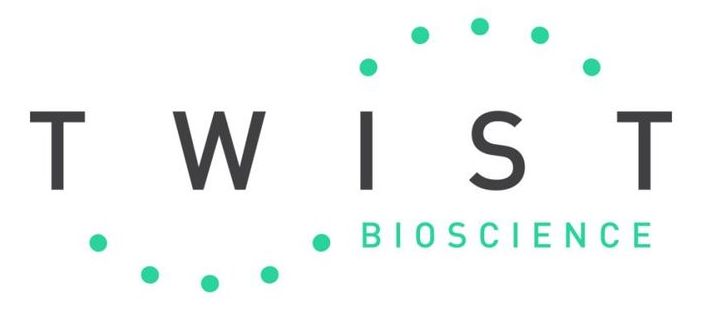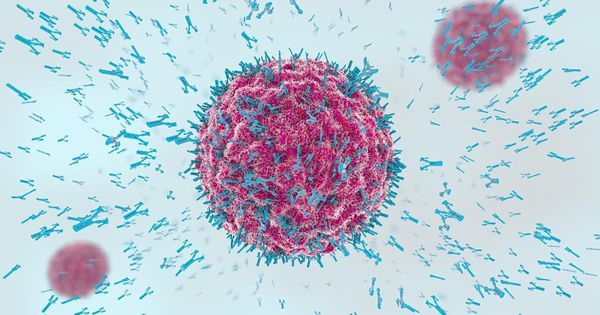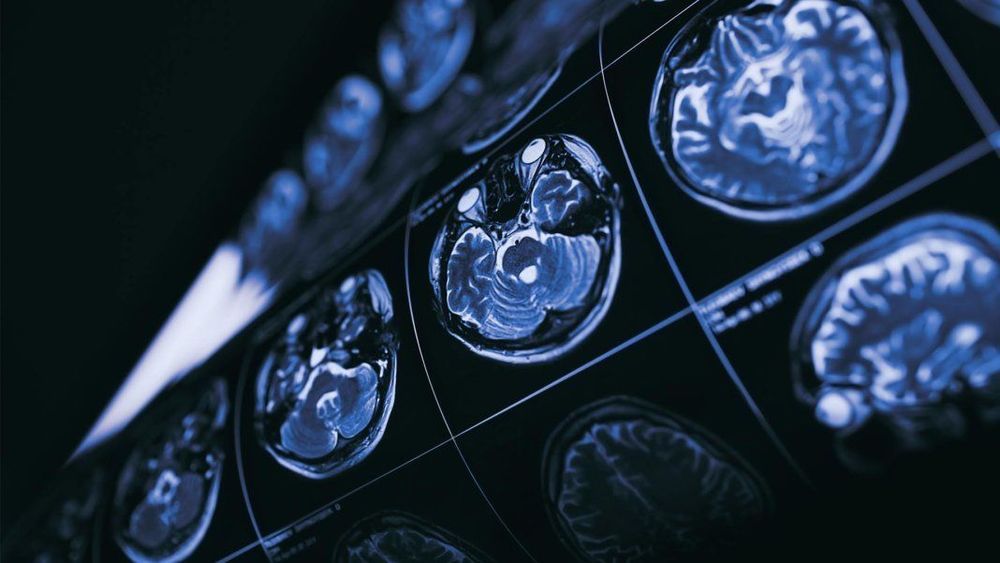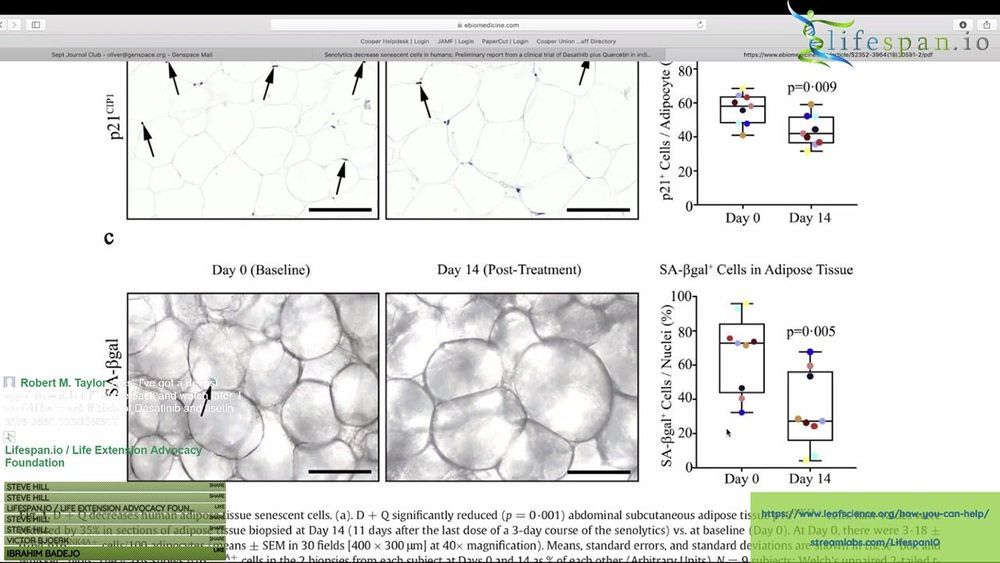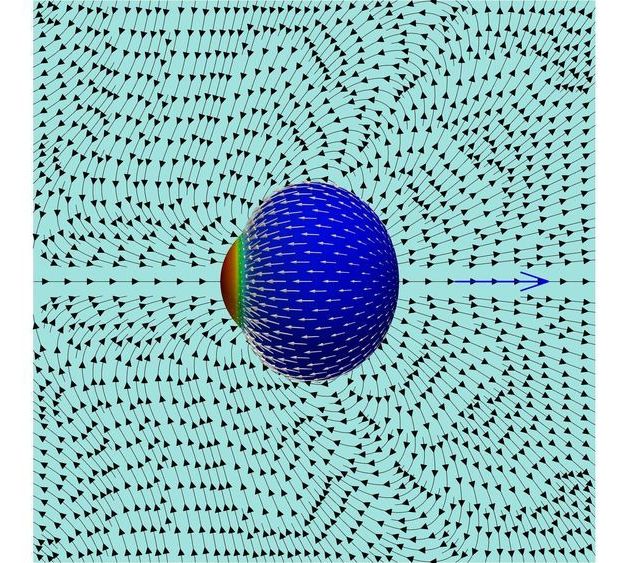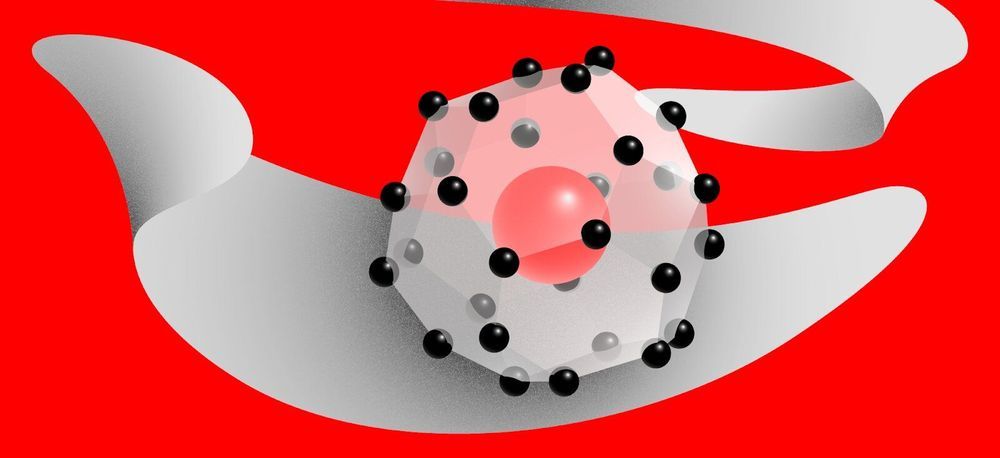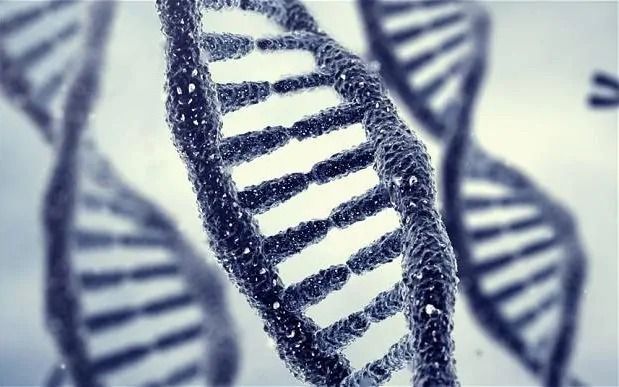SAN FRANCISCO—( BUSINESS WIRE )—Twist Bioscience Corporation (NASDAQ: TWST), a company enabling customers to succeed through its offering of high-quality synthetic DNA using its silicon platform, today announced that it has entered into an agreement with Imagene SA, where Imagene will provide Twist with an encapsulation service to store DNA through its DNAshell® technology to store digital data encoded in DNA for thousands of years.
“We are happy to be partnering with Twist and providing them with our disruptive DNAshell® technology to safely store DNA with digital data encoded.” Tweet this
“This agreement with Imagene provides the next step in the continuum on DNA digital data storage and fits within our strategy to cover all aspects of the process efficiently to enable the development of DNA as a digital storage medium,” commented Emily Leproust, Ph.D., CEO of Twist Bioscience. “We believe the DNAshell ® technology allows us to encapsulate the DNA-stored digital data securely, protecting it for eternity from any elements including radiation, and eliminating the need for continued copying of digital data due to degradation experienced in other forms of storage today.”
